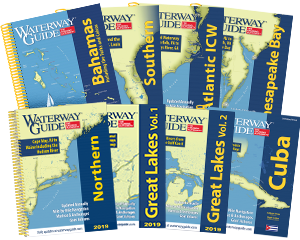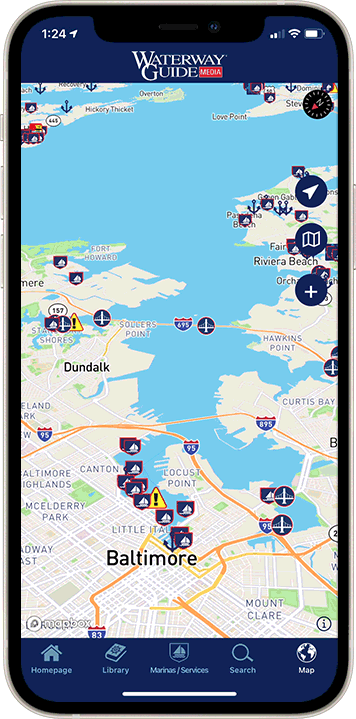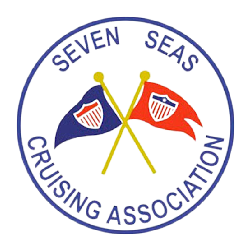Explore Our Latest News & Articles
Understanding your crew's comfort limits can be just as important as understanding the forecast. In the excerpt below from Coastal and Offshore Weather, the Essential Handbook, veteran marine forecaster Chris Parker introduces a practical tool he uses aboard Bel Ami—the "Decision Wheel." This simple exercise can help skippers and crew make smarter, safer passage decisions by clarifying comfort levels across varying conditions. Try it with your own crew and see how it improves communication and confidence on the water.
From Coastal and Offshore Weather, the Essential Handbook: The Decision Wheel
Below is my "Decision Wheel" on "Bel Ami". I suggest you make a blank one of these, and give one to each member of your crew. Ask them to fill-in the maximum wind & sea conditions they're comfortable with on each point of sail (or motor if you're a power vessel). When everyone is finished, compare your Decision Wheels, and discuss them. If you only sail on conditions within the comfort range of every member of your crew, you're more likely to enjoy peace and harmony onboard.

Here's how I worked through my Decision Wheel:
Upwind, Bel Ami is slow and wet. With a 34' boat, 24' water line, 25hp engine, and 12" propeller, we don't motor to Windward, so we're tacking upwind, hard on the wind. More than about 2' of wind chop really slows us down, and is uncomfortable.
On a close reach, we've got the 1st reef in at 17kts, and I'm reasonably comfortable up to 20k, with 4' seas, in somewhat protected waters. On open ocean waters, 20k of wind means 6' seas, which is too much for me. Beam reaching in 25k/7' is fine.
If we're going to have 40k/15', I'd rather have it on a broad reach than a run.
Practice Makes Perfect
In 2012, I read a fascinating article in the Wall St Journal, reporting on results of a scientific study of what causal factors are present in people considered particularly-gifted at an activity. In this specific study, young violin virtuosos were studied in great detail. The one trait all young violin virtuosos have in common is this: practice. Specifically about 10,000 practice sessions. The study concluded that most any reasonably-proficient person who practices something 10,000 or more times will be so skilled at that activity that they will be considered gifted, and among the most highly skilled persons at that endeavor.
I suggest you apply "practice-makes-perfect" to weather forecasting for your vessel. Practice, in the same (or similar) ways, every day.
Access the same observational data and forecast products, and occasionally try new products. Be continually aware of weather around you (and the signals it sends you). Observe whether the forecasts verified (were the forecasts right?), and, if not, determine why.
When you set sail, continue accessing the same observational data and forecast products, and continue analyzing and learning. If you do this, and with the help of all the stuff I discuss in this book, I guarantee you'll know more about weather, and have more confidence in the forecast, each time you set sail.
If you found this helpful, you can explore more in Coastal and Offshore Weather: The Essential Handbook by Chris Parker. It's available digitally through the Waterway Guide Mobile App, making it easy to reference anytime you're planning a passage. Get it now in the Ship Store →











